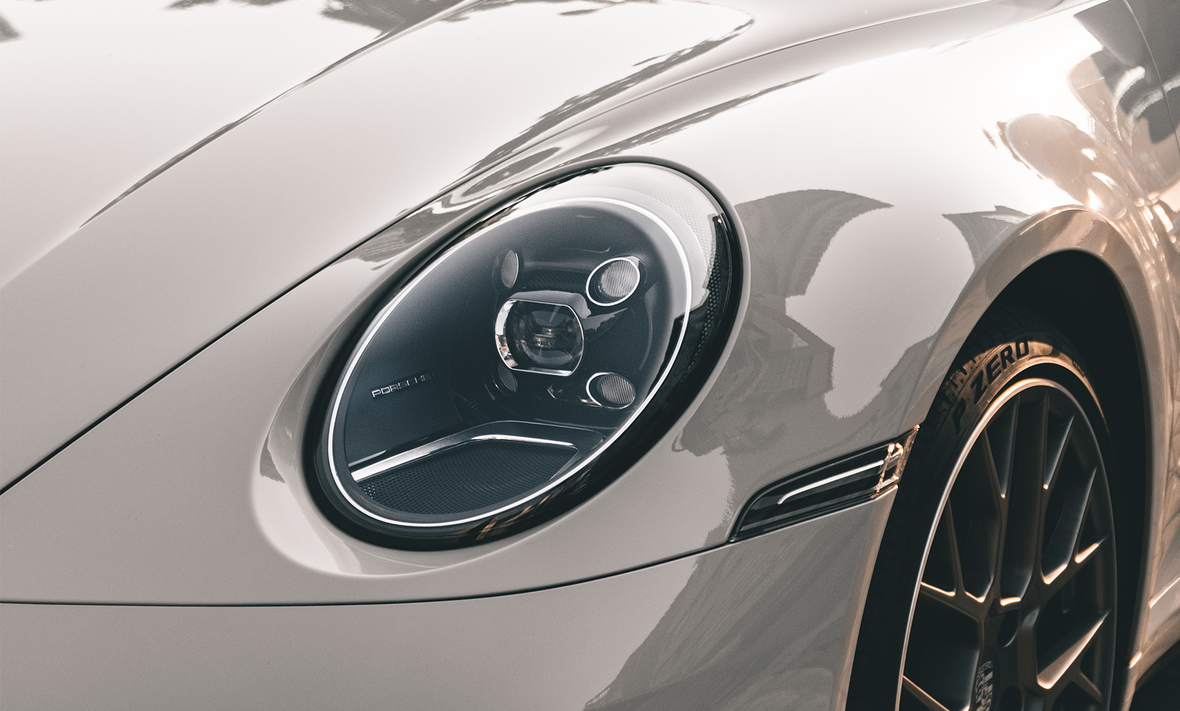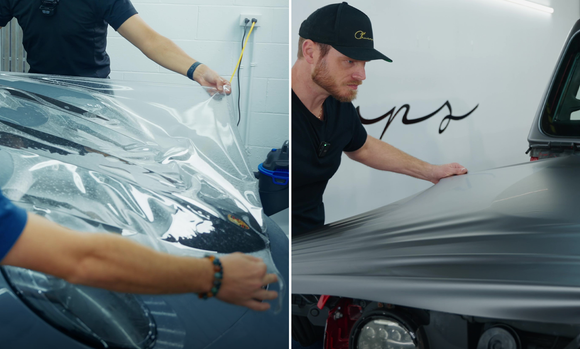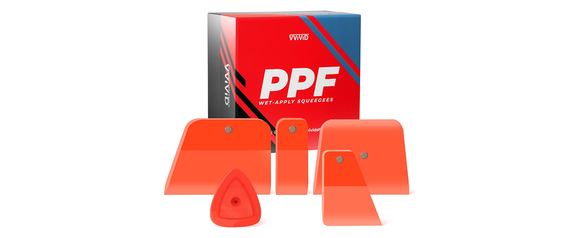
What is NOT Wrappable
Vinyl wrap is a versatile material commonly used for automotive customization, but there are certain parts of a vehicle that are typically not suitable for wrapping. These include:
Textured Surfaces:
Parts made of rough or heavily textured materials, like certain bumpers and trim pieces, do not hold vinyl wrap well. The adhesive on the wrap cannot form a strong bond with these surfaces.

Damaged or Corroded Areas:
If a part of the car is damaged, rusted, or corroded, vinyl wrap won't adhere properly. These areas need to be repaired and smoothed out before any wrapping can be done. It is important to treat these areas no matter how small because there will be a risk of lifting the paint underneath the wrap when you decide to remove it.

Rubber and Flexible Parts:
Components like window seals, flexible hoses, and other rubber parts are not suitable for wrapping. The wrap does not stretch and flex in the same way as these materials, leading to peeling and damage.

Extreme Curves and Recesses:
While vinyl wrap is flexible, extremely deep recesses or sharp curves can be challenging to wrap effectively. The material may not conform well to these shapes, leading to wrinkles or bubbles.

Engine and High-Heat Areas:
Parts that are exposed to high temperatures, like the engine and its components, are not suitable for vinyl wrapping. The heat can cause the wrap to melt, deform, or lose its adhesive qualities.

Certain Interior Surfaces:
Some interior surfaces may not be ideal for wrapping, especially if they are subject to frequent touch or wear, like steering wheels, gear shifters, or certain controls.

Windshield and Front Windows:
For safety and legal reasons, wrapping the windshield and front side windows is not recommended or often not allowed by law.



